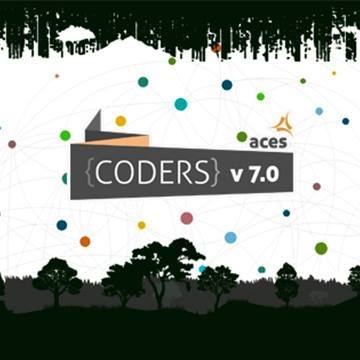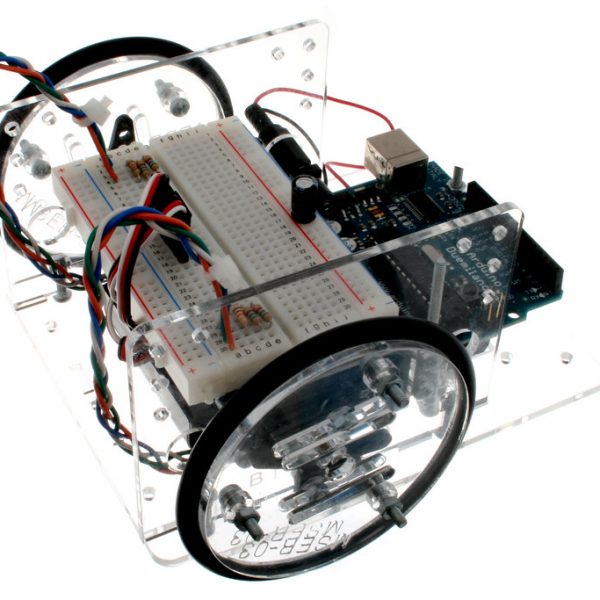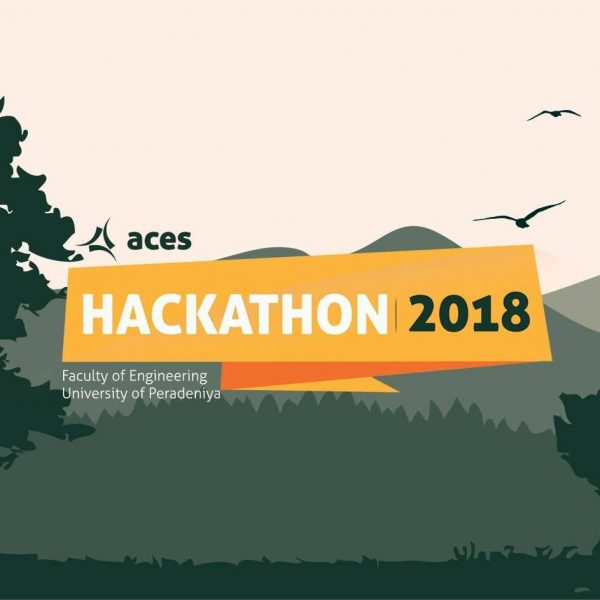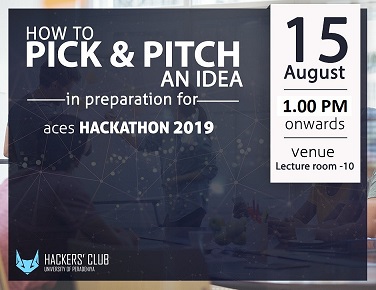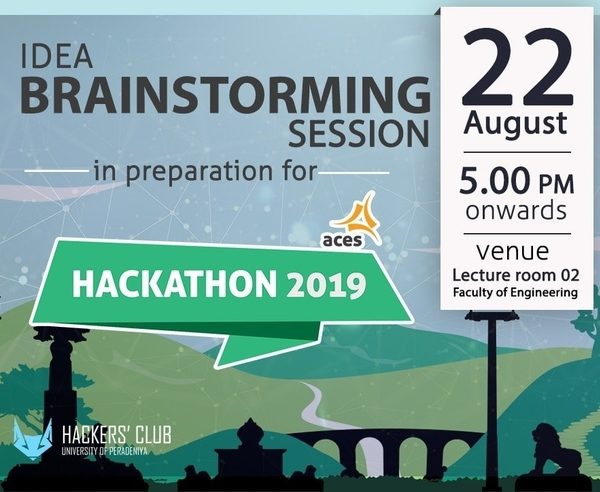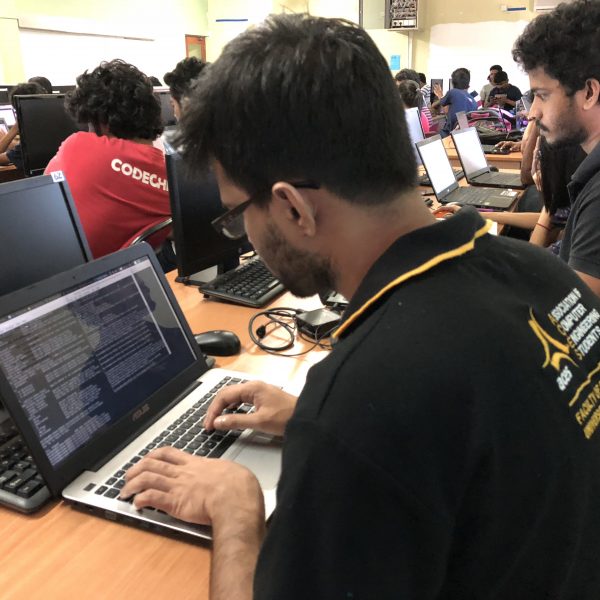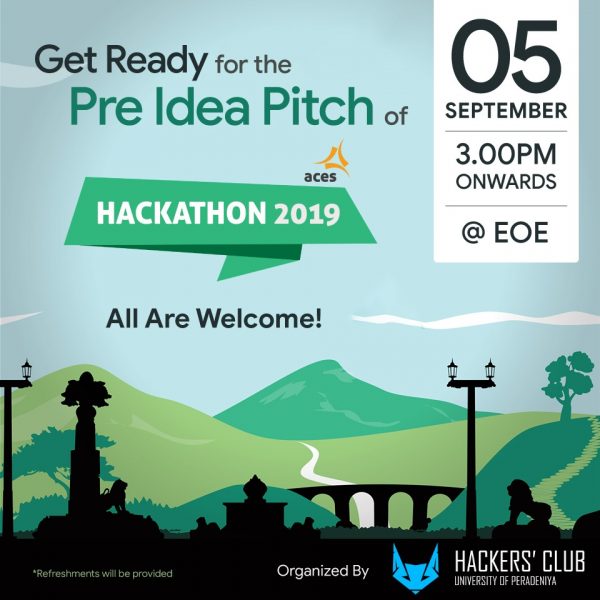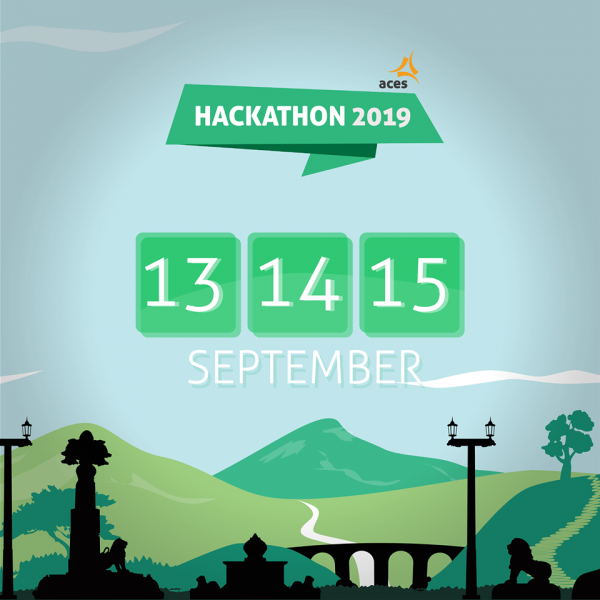Speakers

Hasindu Gamaarachchi
Address
Seminar Room 1
Description
An invited talk about Portable and lightweight Nanopore DNA sequence analysis on embedded systems.
Abstract:
DNA sequence analysis is the key to precision medicine. Over the last two decades, DNA sequencing machines have evolved from >500kg machines to pocket-sized devices such as the 87g Oxford Nanopore MinION. However, software tools that analyse the terabytes of data produced by sequencing machines are still dependent on high-performance or cloud computers, which limits the utility of portable sequencers. State-of-the-art DNA analysis software tools are typically designed and developed by biologists, having access to near-unlimited computational and memory resources, and are thus considerably un-optimised. These tools are extremely complex and are collections of dozens of various algorithms and numerous heuristically determined parameters. I will demonstrate how we optimise a complete Nanopore DNA analysis work-flow (a collection of few software tools run sequentially) to execute on portable and lightweight embedded systems. First, we analyse the work-flow and identify, the nature of the workloads (CPU intensive, memory-intensive, I/O intensive) in different portions of the work-flow. Then we systematically re-structure the software and optimise bottlenecks to execute on lightweight System-on-Chip equipped with embedded GPU. We simultaneously use the characteristics of biological data, associated algorithms, and computer software and hardware architecture for re-structuring and optimising. Major bottlenecks are resolved via CPU optimisations, parallelisation for GPU architectures, GPU optimisations (exploiting data access patterns for better cache usage and memory coalescing), and heterogeneous CPU-GPU work-load balancing. Importantly, our re-structuring and optimisations do not alter the accuracy of the results.
Bio:
Hasindu Gamaarachchi is a PhD candidate at the School of Computer Science and Engineering, University of New South Wales. He is also a visiting research student at Kinghorn Centre for Clinical Genomics, Garvan Institute of Medical Research, Sydney, Australia. He has worked as a lecturer in the Department of Computer Engineering, the University of Peradeniya in 2016. He received his bachelor degree with first-class honours for Computer Engineering from the University of Peradeniya in 2015. His research interests are in embedded systems, bioinformatic algorithms and parallel computing.


